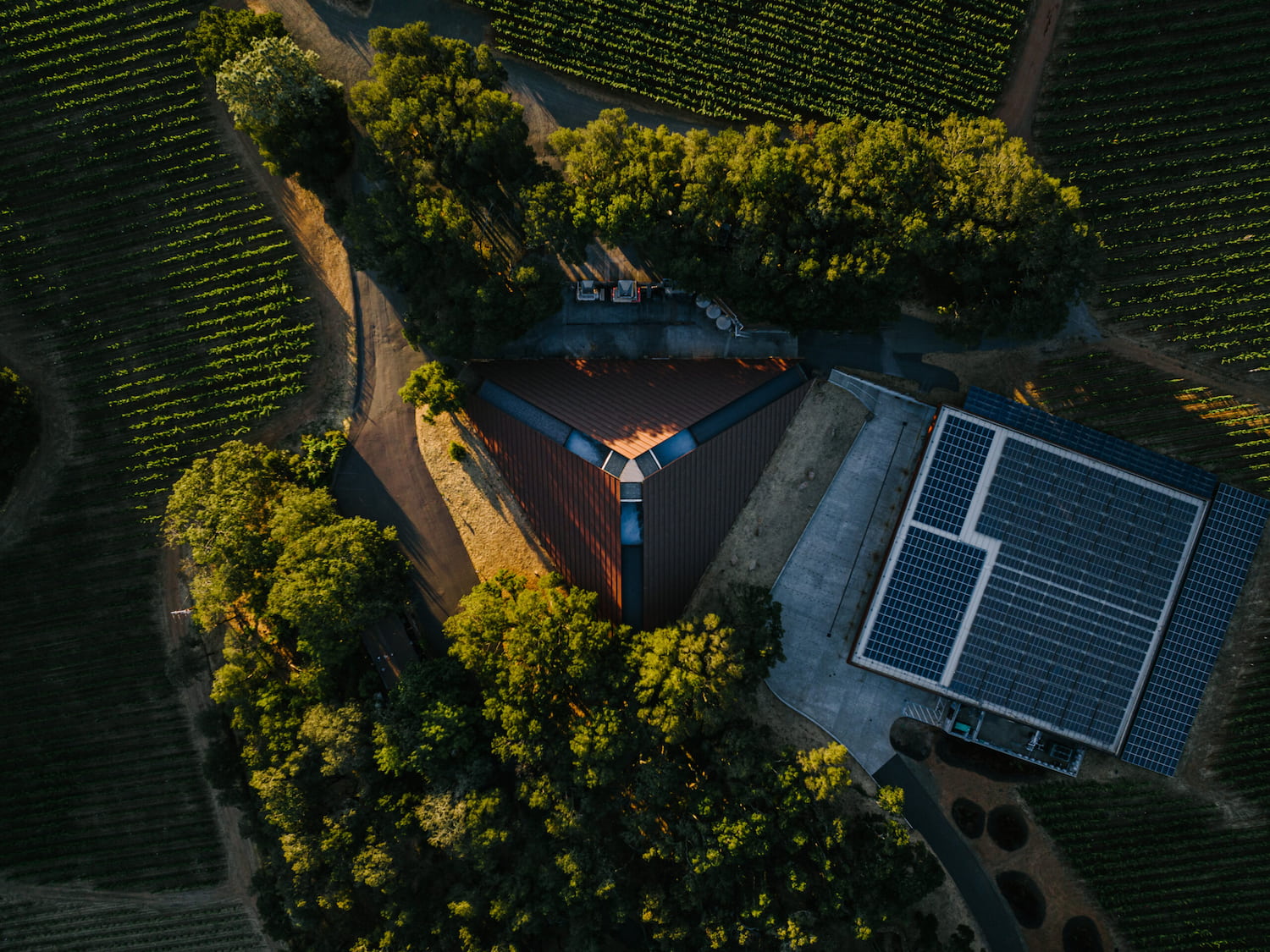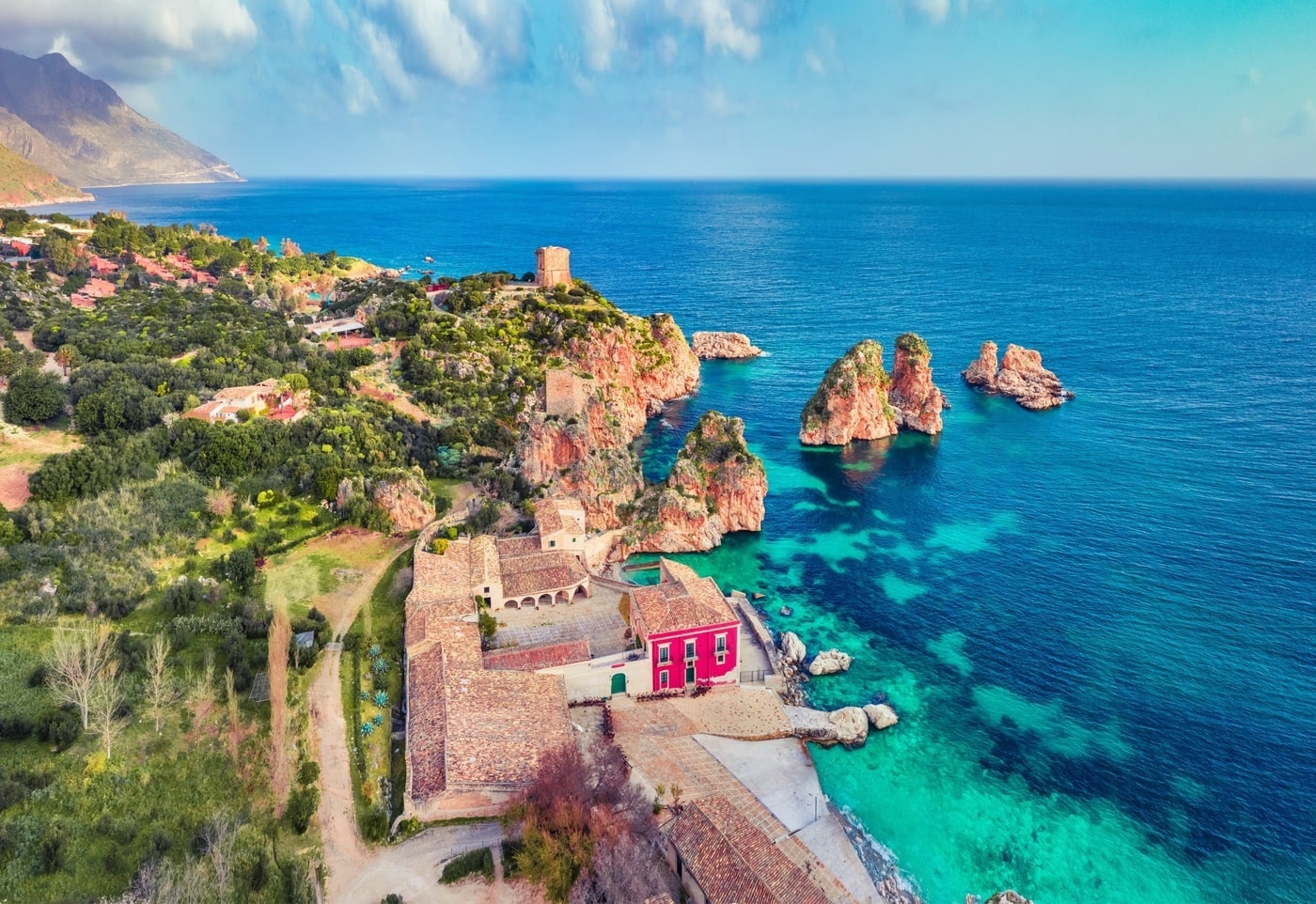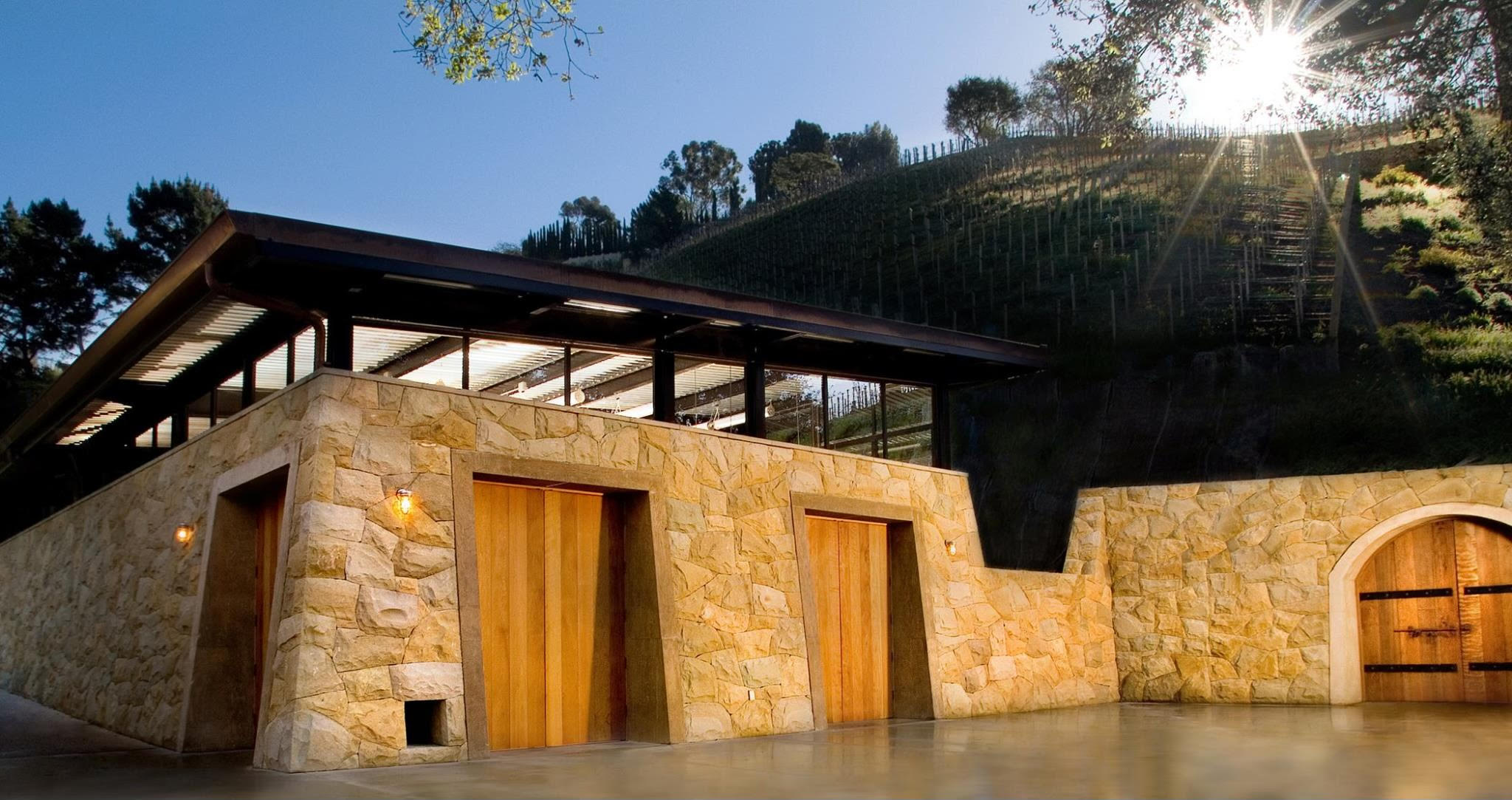Although established in 2011, the DOC of Villamagna is still the new-kid-on-the-block in Abruzzo.

Named after a quaint medieval village in the province of Chieti, Abruzzo Villamagna’s literal translation is big farm, in Latin.
The DOC includes the entire commune of Villamagna, alongside parts of the Bucchianico and Vacri communes. Equidistance from the Adriatic Sea and the foothills of the Majella Mountains, the rolling hills and unique terroir of Villamagna have long been associated with vine growing.
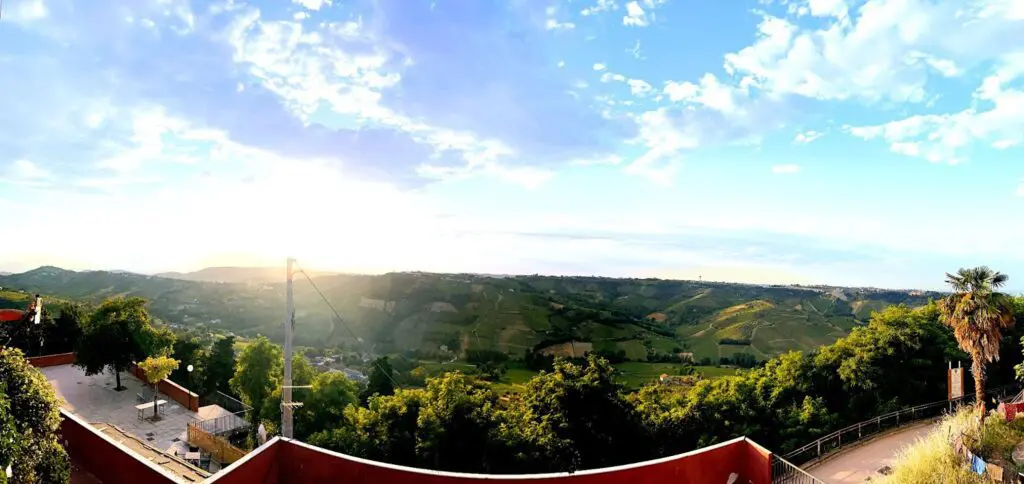
The Terroir, The Drive, The Movement of Villamagna
Although it is one of the smallest applications in the world, only 85 hectares, getting to that DOC (Denominazione di Origine Controllata) status was hard work. The Villamagna DOC appellation marks the coming to life of a collective dream that has always belonged to the territory.
The movement to get the broader wine world acquainted with the unique edge that the region brings to the glass started in the 1990s. Winemakers apart of that Villamagna-life swear on some distinctive terroir features that make the area stand out. Its soils are rich in clay, limestone, and marl.
There is a vast diurnal shift in temperature change from day to night. Not to mention the great proximity to the seaside, seen from some winery vineyards. All this culminates in creating red wines described as powerful yet elegant. Like a velvet touch in an iron hand, all based around the grape Montepulciano.
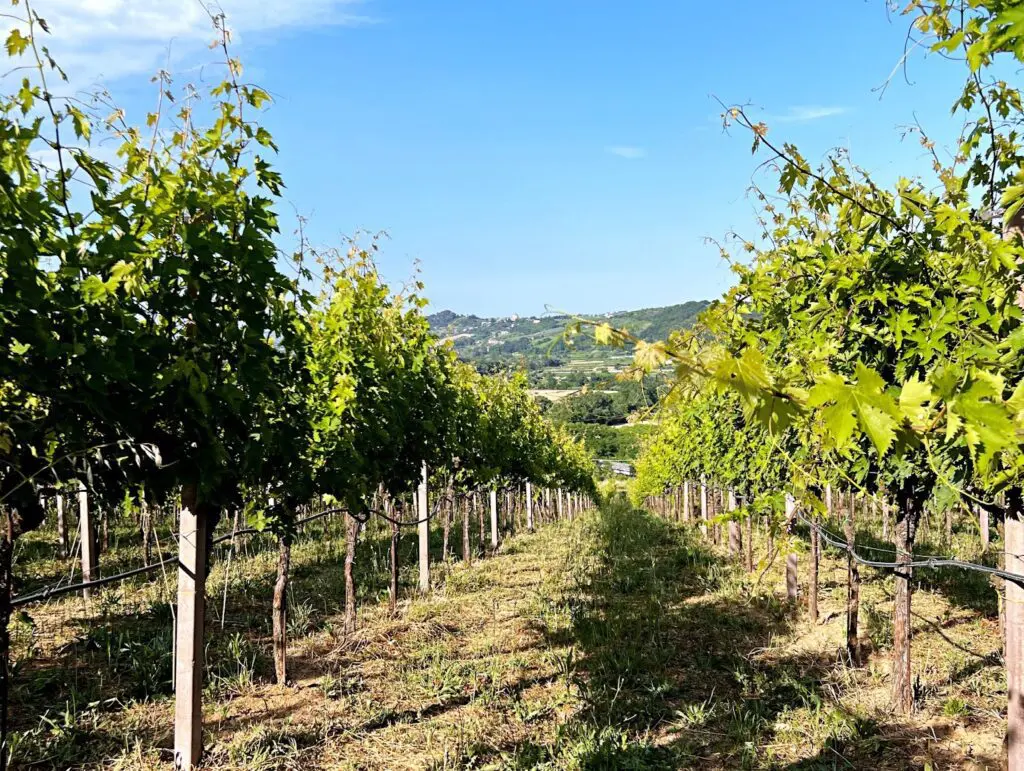
Monetpulicano, Monetpulicano, Monetpulicano!
Montepulciano is the grape so well-known for its role in Abruzzo wines. The grape and the wines made from it have multiple DOC classifications in the Abruzzo. And if you wonder what it tastes like in the glass, expect a rich and bold wine with notes of red plum, oregano, sour cherry, boysenberry and dark earthy notes.
However, if you enjoy the Montepulciano-made wines of the Villamagna DOC, the volume of Montepluciano’s expression in the glass is dialled up a couple of notches. Villamagna Montepulcianos are dark and mysterious.
They have a bold, inkier coloured. Intensely expressive with aromatic notes of black currant, balsamic, tomato, black pepper, dark olives, baking spices, tobacco, cocoa and leather. Plush tannins are the norm on the palate, with a brightness of acidity that adds complexity and nuance.
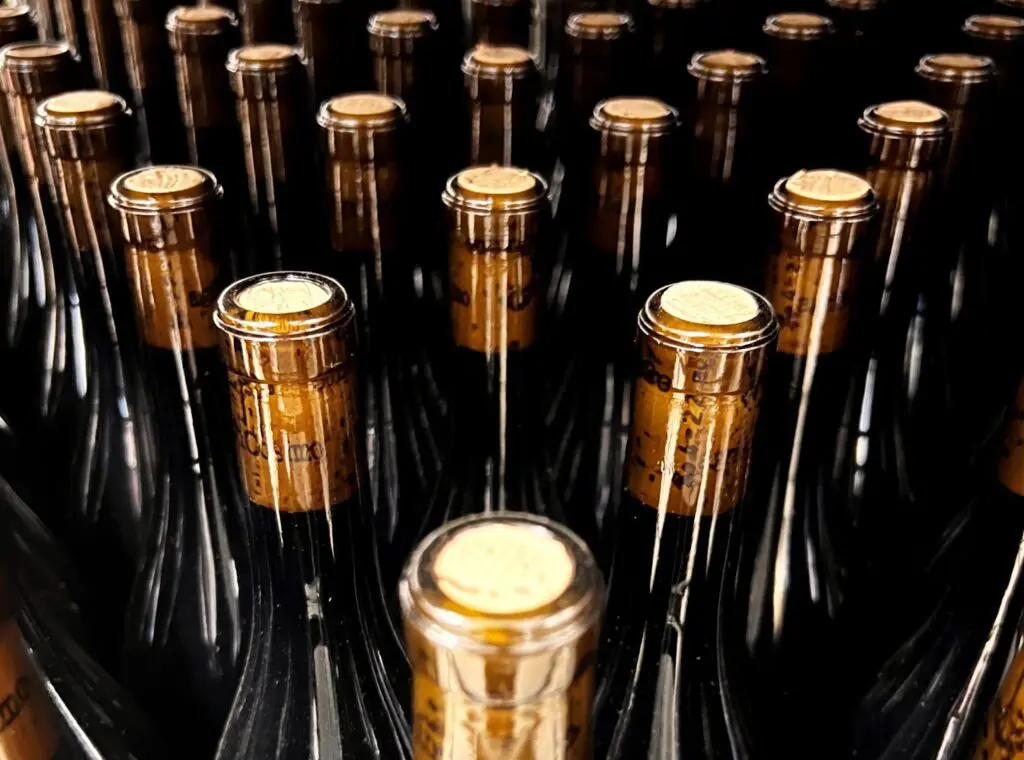
A Generation At Work For the Love of Wine
Not every day, Italy welcomes a new region into one of its top levels of wine classifications. It takes generations of winemakers to promote an area and go through the lengthy process of becoming a recognized DOC.
Strict standards of the winemaking process are scrutinized, including where grapes can be grown, growing yields and aging requirements. For the Villamagna region, the DOC process was pushed firmly by five wineries.
Agricosimo run by Colin Proietto, Cascina del Colle headed by Alessio D’Onofrio, Palazzo Battaglini by the effervescent Francesco D’Onofrio, Torre Zambra helmed by Federico De Cerchio and Valle Martello of Katia Masci and the leader of the regions Consorzio.
Aptly named the Generazioni del Villamagna DOC. The connection of winemaking between the young and old in the area is palpable. Many wineries in the DOC of Villamagna are in their second and third generations, but there are some fresh, entrepreneurial faces in the mix. It is rare to see such a coming together like this.
Normale Or Riserva – As Long As It Is From Villamanga
Seven wineries are on the scene exploring the bounds of winemaking in the Villamagna DOC, expressing the uniqueness of their vineyards and exporting the fruits of their labour to the world.
Building off the Montepulciano d’Abruzzo DOC, the Normale wines of DOC Villamagna start at a minimum of 6 months of aging in oak. Graduating to the Riserva level, these Montepulciano-made wines see 12 months in oak before release. Check out the wines at the center of the action.
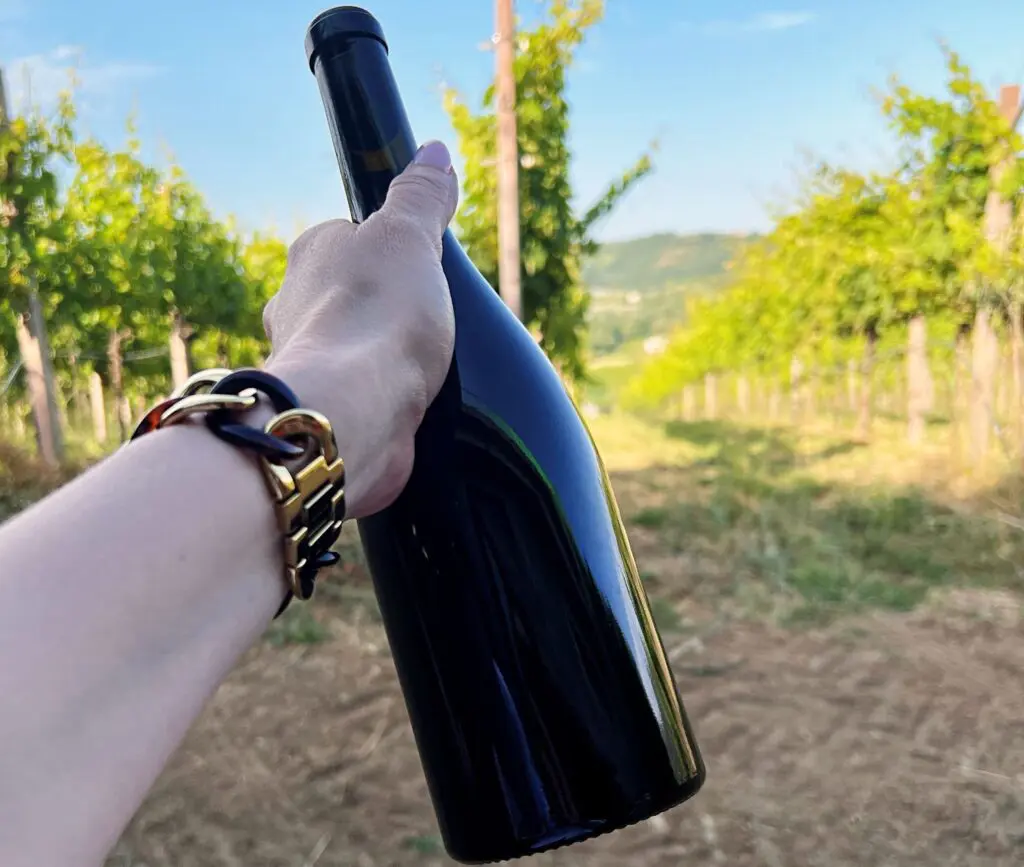
agriCosimo Vigneti & Cantina

Home to seaside-facing vineyards built on the hillsides of the Villamagna region, agriCosimo is a winery that brings together a wealth of personal histories to create wine. In 2000, when the company was founded, they started as grape growers. 11 years later, they now make Villamagna DOC wines in the Normale and Riserva style, with aging done in French oak.
Cantina Villamagna

The origins of Cantina Villamagna started in the 60s, right in the heart of the medieval village. A winery that has never given up on the vision they had to express their version of Montepulican in the glass.
Their unique dark/black coloured wines show passion, intention and character. The wines are made in a style that incorporates French oak and concrete. Serving up multiple vintages to try, 2017 is the most current release.
Cascina del Colle

A winery that originated from representing family tradition and culture, the wines of Casina del Colle are crafted from grapes grown on the sunny south-facing hills of the Villamagna region.
Grown at 300 meters above sea level, these are wines with years of family backing behind them. Started more than twenty years ago today, the wines reflect that original culture that started it all. Their wines send up to 2 months longer in oak at both the Normale and Riserva production levels and show a deep intensity.
Palazzo Battaglini
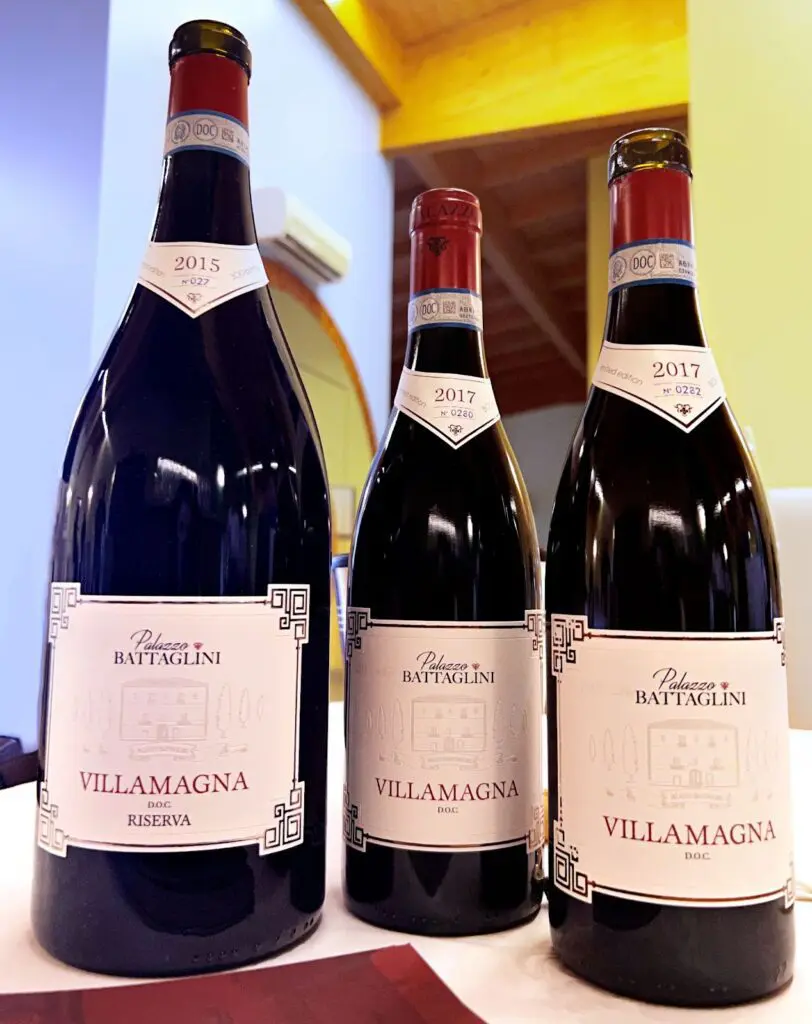
Running out of an estate with a solid connection to the region, dating back to the 1300s, Palazzo Battaglini is run by the D’Ononfrio family.
Now in their third generation of winemaking, their Monetpuciano grapes are grown on a unique mix of soil compositions rich in fossil shells. They are making wines that are complex, moving, and inspiring.
Whether you dive into their Normale, Riserva or Magmun-bottled productions, this is a winery known for the intentions and regional culture put into every moment you can enjoy in the glass.
Cantina Piandimare
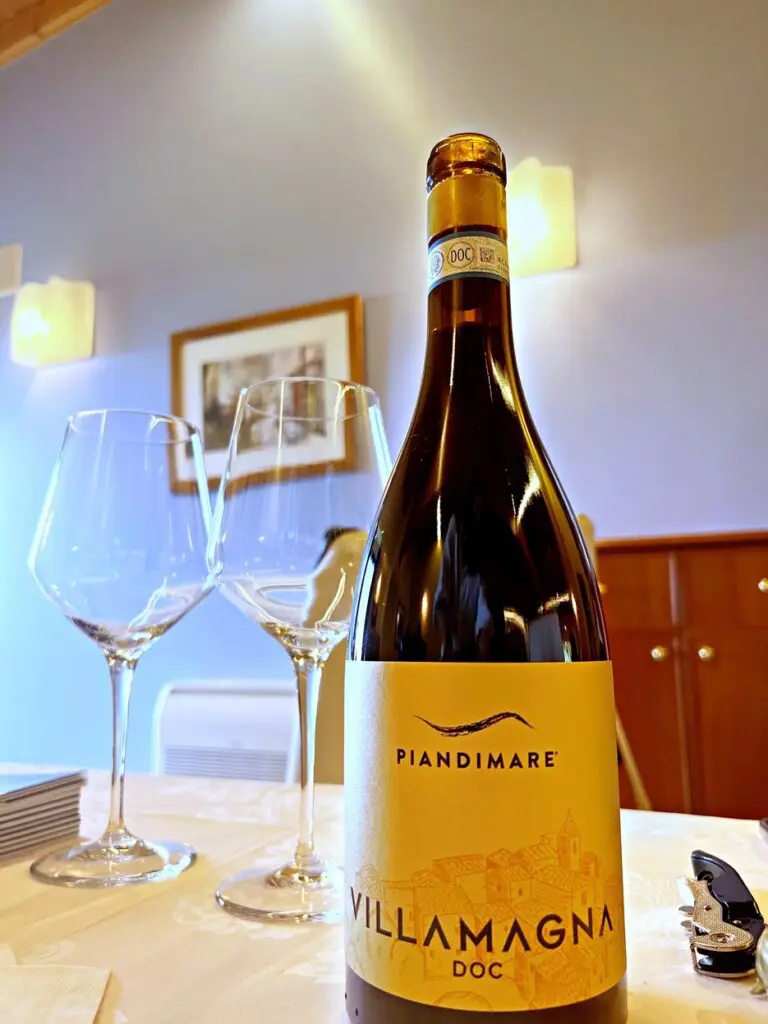
A winery born from the ideas of the group of winemakers Piandimari started in the 1980s and includes 60 farmers growing grapes on over 200 hectares. As a Co-Op, Piandimare has always strived to show the best of growers from sea to sea in Italy.
Bordering on the Adriatic coastline, their wines in Villamagna are a delight, joyful in the glass and a grand entry into the region. Showing the deep and mysterious side of Monetpulican that Villamagna does best.
Torre Zambra
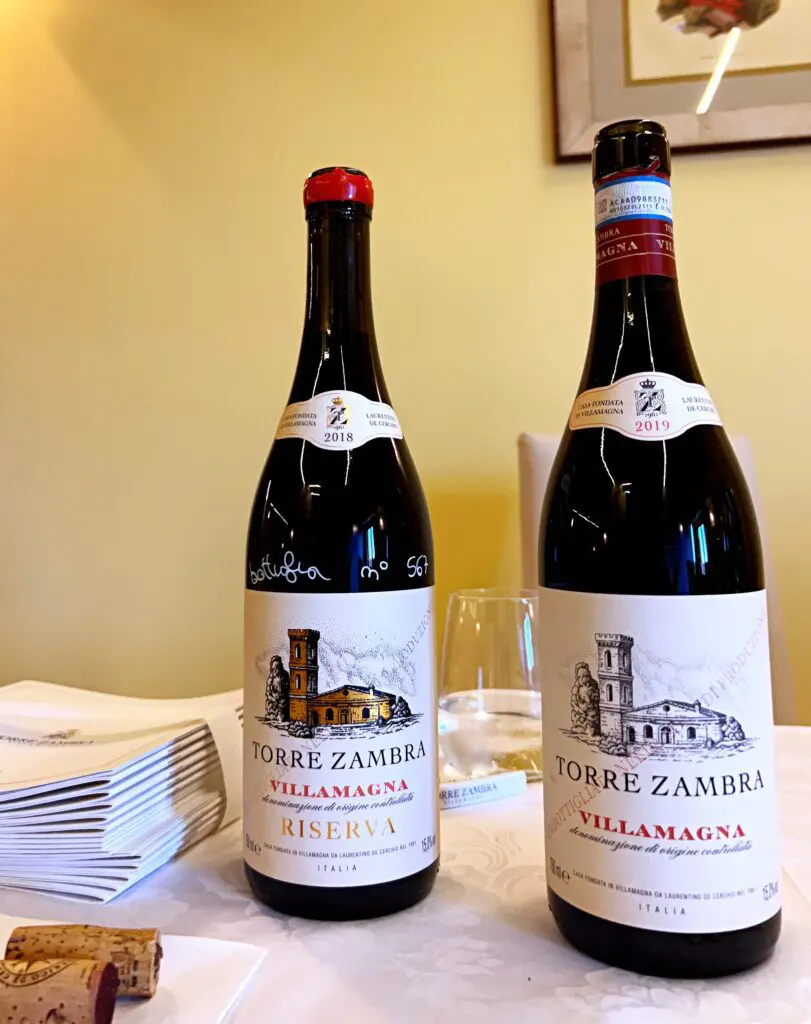
The land of the Zambra family, the ‘Torre Zambra’, has always been a part of the landscape of Villamagna. Primarily affected by the Second World War, the family has always found their way back to their home to make compelling and thought-provoking wines. Things kicked off officially in 1961 and have stayed within the family. Today the winery is known for the youthful spirit it brings to the conversation of Villamagna wines. But that is not a spirit devoid of the past. Both the Normale and Riserva wines show a true calling to the old vines and culture the family has cemented in the DOC.
Valle Martello
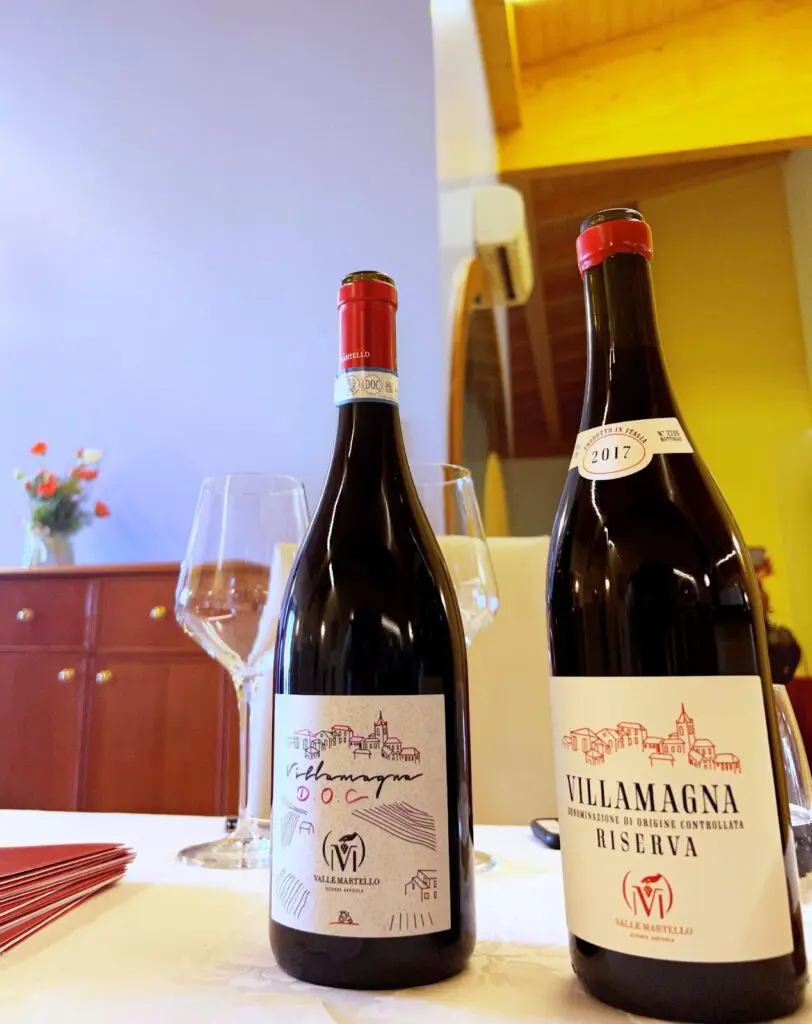
While the winery has been in the business of growing grapes since the 70s, it was in 2000 that five cousins took charge and began to define what the wines of Valle Martello would be. Named for the valley it calls home, Valle Martello is just north of the commune of Villamagna itself.
More inland-facing, the vineyards are situated on two hilltops. It provides the perfect conditions for grapes to gain intense aromatic notes that bring a different side of the Villamagna-Montepulicano style to the glass, both in Normale and Riserva.
Renée has dedicated her life to grapes. As a Court of the Master Sommeliers Certified Sommelier, she has made wine her life’s work, and her entrepreneurial spirit has driven her to be a curator of wine experiences. In her work as a Wine Communicator, Curator of Virtual Experiences, Brand Consultant, Educator and Wine Writer Renée brings to life her love of wine in a way that is contagious. She has a flair for making wine fun and understandable, sharing her passion for the vine.







